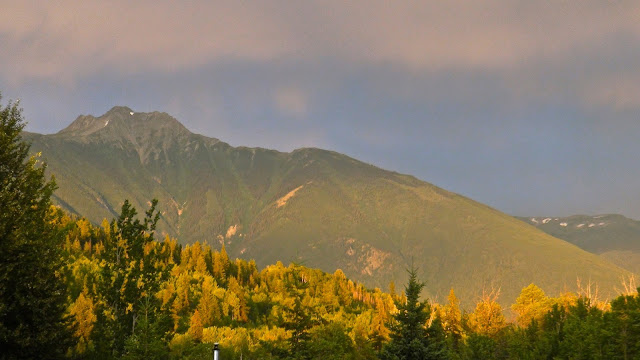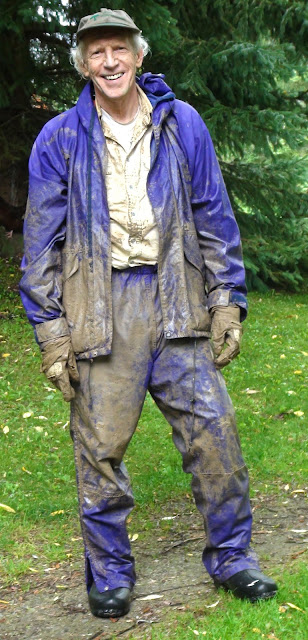For a while now, I have been mentioning what a good year this has been for blooming plants in the Robson Valley. It seems that it is not only the plants that are thriving. Over the past few days, I have been noticing an extraordinary number of butterflies.
Yesterday afternoon, I packed my chainsaw into the truck and decided to go out and glean some firewood. I had been given a tip on where there was some birch trees down and going to waste after a logging show.
As I walked to the truck, I noticed there were 12 butterflies sitting on the driveway in an area the size of 1.5 meter square. I proceeded to the truck and drove up my driveway and at the top of the road was maybe 30 more butterflies sitting in the sun. I was struck by how many butterflies there seemed to be this summer.
I drove down the road and all along the road pavement there were pockets of butterflies. When I got to end of the pavement where the road turned to gravel/dirt, the numbers of butterflies increased even more. Although I was driving at a rather moderate speed, and trying not to hurt any, I sure I must have killed a hundred of them, as I bounced along the many kilometers out to where I was going to get the firewood.
Of course, what I saw was nothing compared to the thousands and thousands of monarch butterflies that winter in a small forested area in Mexico. There, they cover the trees thicker than leaves. But what I was seeing was sure many more butterflies than I have ever noticed around here, before. The populations could be seen all the way along the road in my journey out and were still fluttering around and congregating on my trip back with my load of firewood.
The butterflies I have been seeing are a locally common type that I often see, although never in this exaggerated number. I tried to do some research about what kind of butterflies they were, but failed using a butterfly app and my “Handbook of the Canadian Rockies”, to come up with it’s name. Below is a photo of one of the butterflies I was seeing.
UPDATE: Val and Evan WIlliams, some friends, did a better job of research than I did and identified the butterfly as '’faunus anglewings' or polygonia faunus.
You can view my paintings at: www.davidmarchant.ca


































